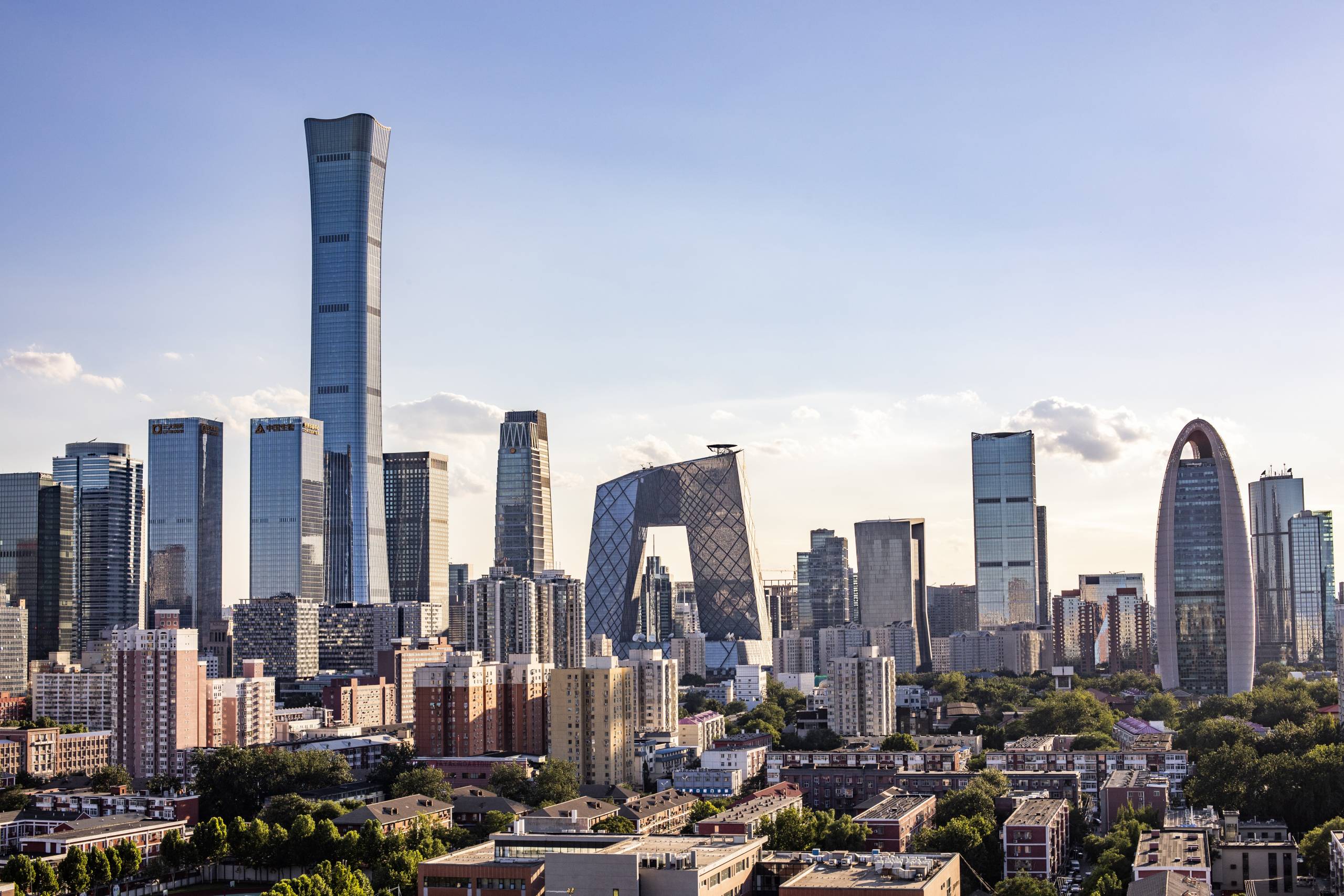In recent months, the bulk of our attention has been on developments in the US and in Europe. These are, after all, where we invest most heavily and they’re also the economies with the greatest influence on global financial markets. Today, we’ll turn our attention to China.
The Chinese market is something of a puzzle at present. There are myriad moving parts and, over the last couple of quarters, these have been shifting and contorting to produce a complex picture. More recently, there have been two focal points attracting international attention, particularly among investors and wealth managers. Let’s take a look at both.
Bonds under the microscope
The first major story concerns Evergrande, one of China’s largest real estate development businesses, now transformed into a major financial conglomerate. Bonds and shares linked to Evergrande have posted significant declines, following rumours of a difficult financial situation.
Shares of the main Hong Kong-listed holding have lost 64% in the past year alone (returning to 2017 values), while bonds trade at a discount that exceeds 50% of face value. This is an interesting development thanks to both the sheer size of the business and the fact that it comes at a time of particular tension in Chinese corporate bonds more broadly.
Let’s not forget the colossal bankruptcy of China Huarong Asset Management, one of the national champions of corporate debt. This is a $300 billion wealth manager whose president was executed for his role in a period of reckless management. Historic events like these throw the quality of Chinese debt to the forefront of the conversation.
However, the important question to answer is whether or not these episodes are in any way systemic, or indicative of a wider problem. What is without a doubt is the negative impact of these stories on performance – since the beginning of the year, the Chinese High Yield sector has performed poorly, losing a lot of ground to comparable bonds issued in Euros and Dollars.
For now, we won’t go as far as to predict the beginning of a widespread default cycle. However, between the economic slowdown, the recent cut in the refinancing rate by the Chinese Central Bank, and new tight regulations, there is potentially something bubbling beneath the surface in Chinese financial markets. This is why we continue to exercise caution when dealing with asset classes like onshore corporate debt.
Equities feel the pinch
The tightness of the recent regulations was keenly felt in the equities market. This has also made recent news, with the Chinese authorities weighing up whether to make an example of Didi, the Chinese equivalent of Uber. The ride-sharing business went public at the end of June and quickly found itself at the centre of investigations into its use of data.
This is part of the reason that we’ve seen disappointing performances from Tencent, Alibaba and Baidu in recent months. All the core champions of the Chinese consumer revolution, who have been travelling without a destination for several months now, are waiting for the path set by the regulator to become clear.
Even from the point of view of fundamentals, we’ve recently seen how Chinese technological progress is anything but linear. The difficulties faced by Tsinghua Unigroup are illustrative here: just a few years ago, the company made a takeover bid for Micron Technology, one of America’s leading semiconductor design companies. It is now close to bankruptcy. Even the giants, it seems, are reliant on state support to some extent.
All in all, this should make us stop and reflect on the rush to invest in China. Yes, valuations remain cheap for the Chinese tech giants when compared to their US counterparts, but the regulatory and political burdens placed on these businesses make it perhaps unwise to dive in too deep.
Moving forward with caution
It’s fairly clear that the recent moves made by the Chinese government are part of the plan to consolidate political power over the large equity conglomerates. It is employing a very different logic to the US government’s approach to big techs, for example.
From the Didi intervention to the halting of the Ant Group IPO, the message from the government to CEOs seems clear: the country is still led by the Communist Party, and capitalism is simply a means to an end in achieving the party’s goals. These moves to strengthen central authority don’t come about by chance, either – the Communist Party celebrates its centenary in 2022.
As of this year, Chinese bonds have one of the asset classes that we consider in our strategic allocations. Chinese bonds, particularly government bonds and public bank bonds, play an increasingly important role in many bond benchmarks. However, as developments over the last few weeks show, there are clear reasons to be cautious about these assets. They’re still affected by things like tight capital controls, a strongly politicised financial environment, and the lack of a fully developed financial infrastructure to support bond trading.
The slow performance of China is one of the factors that has led to the underperformance of emerging markets (2.35%) and Asia (1.90%) since the beginning of the year. Compare those figures to Europe (19.83%) and the US (18.18%) and the difference becomes stark. If we look to the medium term, however, we see plenty of room for recovery among Chinese equities, even if we’re not rushing to hoover them up at present.





